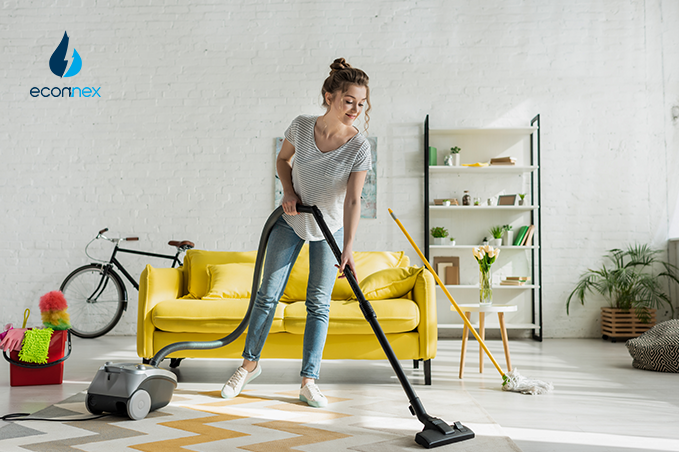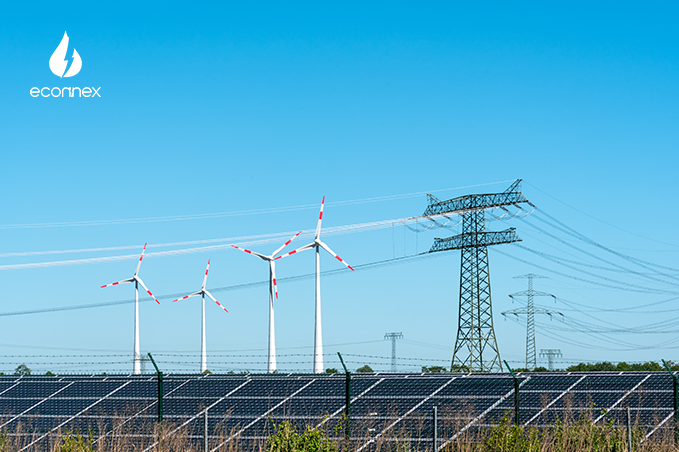Seeking the best vacuum cleaner? Consider power, filtration, attachments, and energy efficiency. Clean smarter, effortlessly with Econnex.

Published on 07/09/2023
By Kalpana Sisodia
Energy Comparison
Energy efficiency and lower utility bills are some of the biggest concerns for modern households. It’s important to make every item in your house as efficient as possible. You may have considered energy efficient fridge and washing machines, but if you haven’t thought about an energy efficient vacuum cleaner, you’re missing some various savings.
Vacuum Cleaners, the dirt suckers at home could be a costly appliance if it were used more often, usually just an hour a week but you still want to find a good vacuum that can actually stand up to the mess all over without spending much.
There’s a lot of vacuum cleaners on the market, upright, handheld, bagged? cordless? The possibilities seem endless. Discover how can vacuum cleaner contribute to your home’s energy usage and how it can make a big difference on your bill. Consider these factors:
Vacuum Cleaners comes in different styles that require a different amount of power, some are more energy-efficient than others.
A. Barrel Vacuum Cleaner
B. Upright Vacuum Cleaner
C. Stick Vacuum Cleaner
D. Handheld Vacuum Cleaner
Bring the usability required when cleaning up your car, complex furniture pieces, between sofa cushions or even clothing. This can easily remove pet hair, stains, spills and other stuff you want to go.
a. Cordless
b. Corded
E. Robot Vacuum Cleaners
You most likely want to buy the best product for your budget no matter how much money you have. Either buy a cheap product that will get you through the next couple of years or invest in one that can last for the next 20 years.
This refers to the pressure difference created by the pump of the vacuum, 20 kpa is the common suction power of a vacuum cleaner. The pump actually lowers the pressure inside the vacuum from 100 kpa (the normal atmospheric pressure) to 80 pa. The higher the suction, the more power. Producers only state the input power in watts or amps which refers to how much electricity is consumed by the product.
Dust circulation is one of the biggest issues when using vacuum cleaners. Air exhausted by the pump contains small dust particles that are sent directly to the lungs of the user and ultra-fine dust particles and potentially harmful microorganisms still pass along into the air no matter how good the filtration system. Manufacturers have been trying to make a better compromise between the filtering effectiveness and guaranteeing optimal airflow, by building the following filtration options:
Buy one that has the self-propelled feature, which will come handy especially if you have to vacuum large surfaces. If weight is an issue to you focus on the stick versions. Vacuum cleaners that weight as low as 4-5 pounds but these models don’t work so well on deep rugs of carpets. Handheld vacuums are light and flexible.
Bagged vacuums need a new bag every couple of months, depending on your cleaning frequency. If you hate the idea of buying and replacing them then opt for a bagless model, an Eco-friendly approach but you have to clean the dust container.
A warranty usually lasts between 1 to 5 years. Most common vacuum cleaners have a 1-year warranty, which includes both parts and labor costs.
Don’t just buy a vacuum, invest one.



